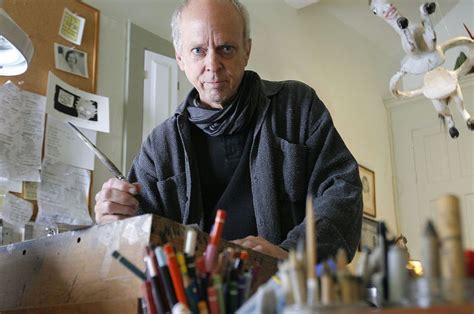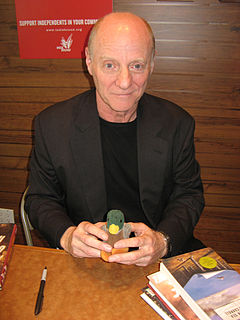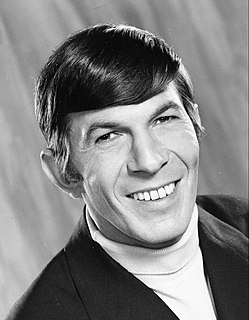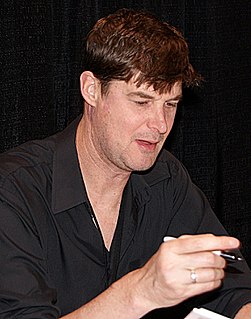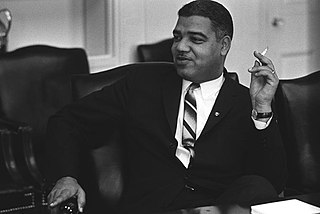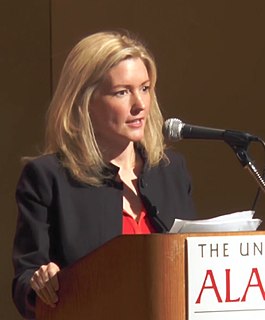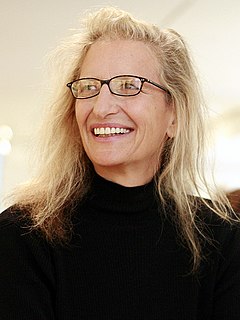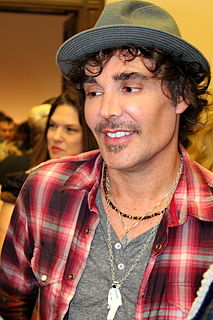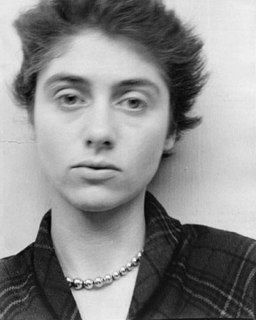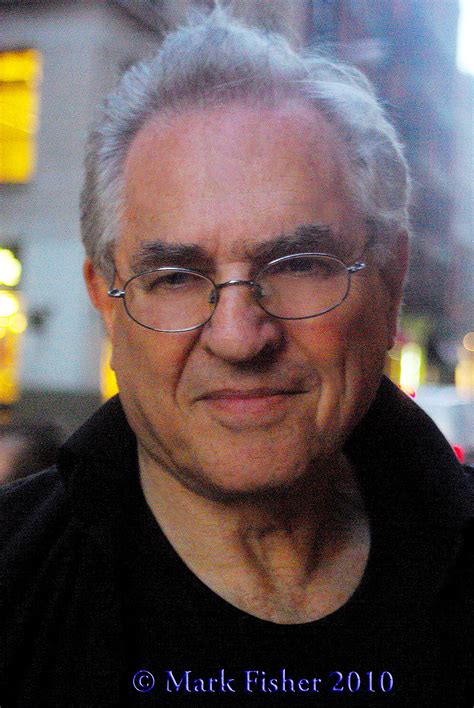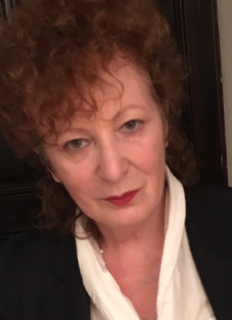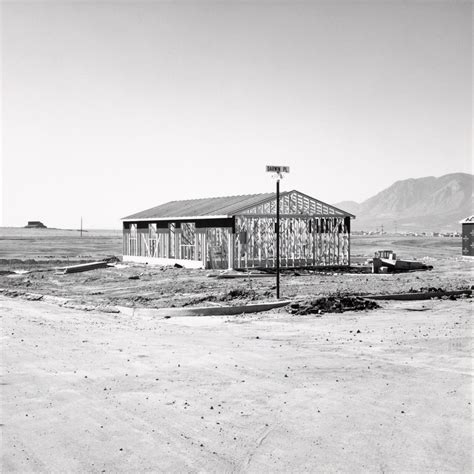A Quote by Martin Parr
My black-and-white work is more of a celebration and the color work became more of a critique of society.
Related Quotes
The whole basis of working in black and white and grays became the basis of my understanding of color, because it's all about tone, it's all about light and dark. If you don't get that, then your color work is going to be a mess. So that's the beginning of the toolkit: drawing and black and white media.
Diversity worship and multiculturalism are currency and cause for celebration at just about any college. If one is black, brown, yellow or white, the prevailing thought is that he should take pride and celebrate that fact even though, just as in the case of my eye color, he had nothing to do with it. The multiculturist and diversity crowd see race as an achievement. In my book, race might be an achievement, worthy of considerable celebration, only if a person was born white and through his effort and diligence became black.
I did not move into developing or processing color. I stayed with black and white. I still think to this day that I prefer to work in black and white if it has to do with poetry or anything other than specific reality. I have worked in color when I thought it was the appropriate way to express the thought that I was working on.
I did not move into developing or processing color. I stayed with black and white. I still think to this day that I prefer to work in black and white if it has to do with poetry or anything other than specific reality. I have worked in color when I thought it was the appropriate way to express the thought that I was working on
Nowadays, people shoot digitally and it's all in color, but you press a button and it all goes to black and white. But it's not lit for black and white. So, it's a tricky thing. If you're going do black and white, you better remember to separate things with light, because color ain't gonna be there.
It's a dirty little secret that I'm pretty self-conscious about coloring my own work. I just see so many people who love color more than me that I get freaked out every time I hit Photoshop. Black and white? I know exactly what to do, but color offers a million solutions to problems I don't even know exist.
Black is beautiful when it is a slum kid studying to enter college, when it is a man learning new skills for a new job, or a slum mother battling to give her kids a chance for a better life. But white is beautiful, too, when it helps change society to make our system work for black people also. White is ugly when it oppresses blacks-and so is black ugly when black people exploit other blacks. No race has a monopoly on vice or virtue, and the worth of an individual is not related to the color of his skin.
I don't know if it's more acceptable or if black men are more comfortable. Black men certainly are more comfortable with it. I don't know that society, like white society loves it or black women. When you see a black man with a white woman there is a feeling that you have and I think the feeling is an instinctual feeling of you want her you don't want me. I don't look anything like her, so you don't like. You know what I mean? Something like that. It's a real instinctual primal thing.
Everything does come from nature. That's where you get new ideas. Just draw the landscape. I felt doing it with a bit of burnt wood was also good because I was drawing burnt wood with a piece of wood. I wanted to do black and white. After using color, I thought black and white would be good. You can have color in black and white. There is color in them, actually.
I come home that morning, after I been fired, and stood outside my house with my new work shoes on. The shoes my mama paid a month's worth a light bill for. I guess that's when I understood what shame was and the color of it too. Shame ain't black, like dirt, like I always thought it was. Shame be the color of a new white uniform your mother ironed all night to pay for, white without a smudge or a speck a work-dirt on it.
The color palette grew as the story progressed. The 1920's sharecroppers were muted and neutrals, the 30's and 40's introduced burgundy to the neutral palette. The 1950's introduced green, black and denim blue, the 1960's introduced orange and heavier more saturated color, the 1970's introduced more primaries, and the fashion palette became more recognizable as a contemporary one from there.

